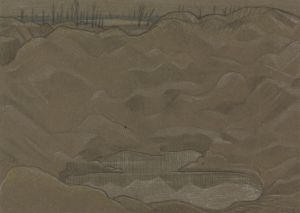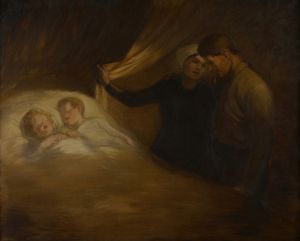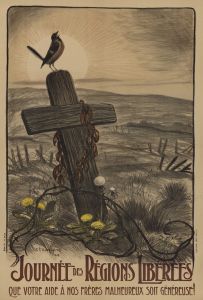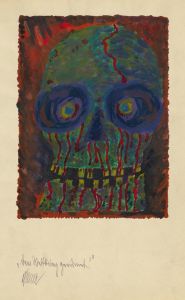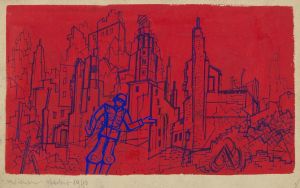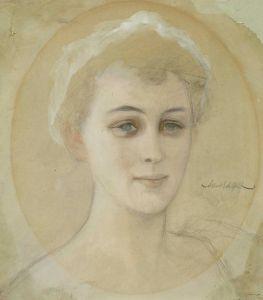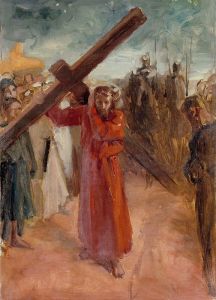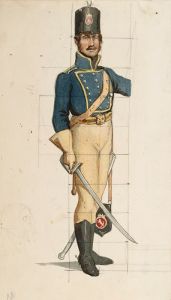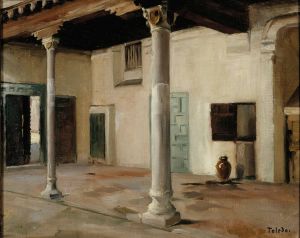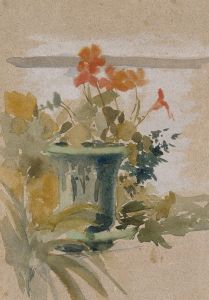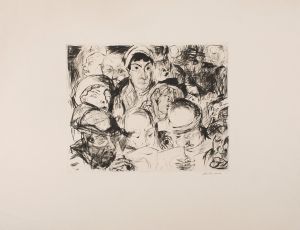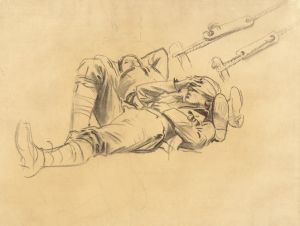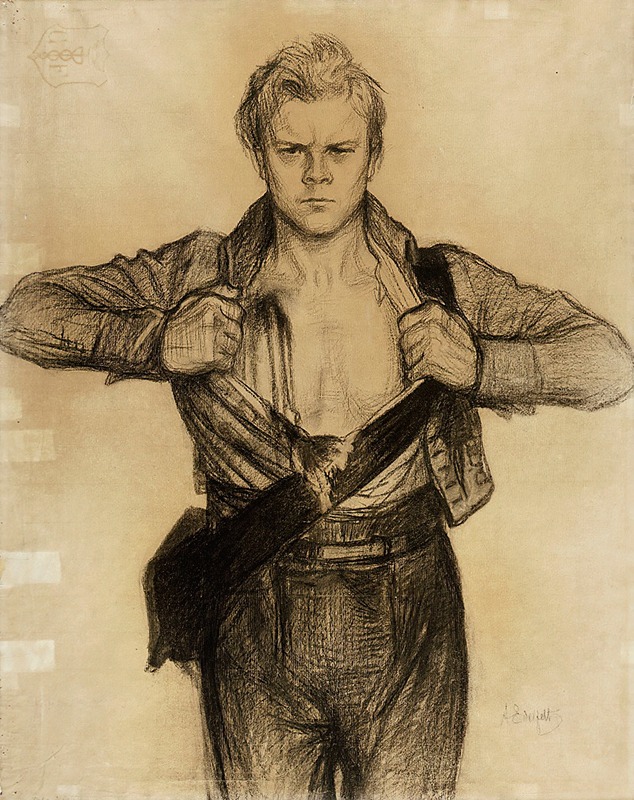
The Wounded Soldier From The Poem Döbeln At Jutas
A hand-painted replica of Albert Edelfelt’s masterpiece The Wounded Soldier From The Poem Döbeln At Jutas, meticulously crafted by professional artists to capture the true essence of the original. Each piece is created with museum-quality canvas and rare mineral pigments, carefully painted by experienced artists with delicate brushstrokes and rich, layered colors to perfectly recreate the texture of the original artwork. Unlike machine-printed reproductions, this hand-painted version brings the painting to life, infused with the artist’s emotions and skill in every stroke. Whether for personal collection or home decoration, it instantly elevates the artistic atmosphere of any space.
Albert Edelfelt's painting "The Wounded Soldier From The Poem Döbeln At Jutas" is a notable work that captures a scene inspired by Finnish literature and history. Albert Edelfelt (1854–1905) was a prominent Finnish painter known for his realistic style and his ability to convey emotion and narrative through his art. He played a significant role in the Finnish national romantic movement and was instrumental in bringing Finnish art to international attention.
The painting is based on a scene from the poem "Döbeln at Jutas" by Johan Ludvig Runeberg, a celebrated Finnish poet. Runeberg's poem is part of his larger work, "The Tales of Ensign Stål," which is a collection of poems that depict events from the Finnish War (1808–1809) between Sweden and Russia. The poem "Döbeln at Jutas" focuses on the Battle of Jutas, which took place on September 13, 1808, near the village of Jutas in Finland. This battle was part of the larger conflict and was notable for the Swedish forces, led by General Georg Carl von Döbeln, achieving a tactical victory against the Russians.
In Edelfelt's painting, the focus is on a wounded soldier, capturing the human cost of war and the personal sacrifices made by individuals. The soldier's expression and posture convey a sense of suffering and endurance, reflecting the themes of heroism and tragedy present in Runeberg's poetry. Edelfelt's attention to detail and his ability to evoke emotion make this painting a poignant representation of the historical and literary context.
The painting is an example of Edelfelt's skill in combining historical narrative with artistic expression. His use of light and shadow, as well as his realistic portrayal of the human figure, contribute to the painting's impact. Edelfelt was known for his ability to depict scenes with both accuracy and emotional depth, qualities that are evident in this work.
"The Wounded Soldier From The Poem Döbeln At Jutas" is also significant in the context of Finnish national identity. During the late 19th and early 20th centuries, Finland was undergoing a period of national awakening, and works like Edelfelt's painting played a role in fostering a sense of Finnish cultural and historical identity. By drawing on Runeberg's poetry, which was already a cornerstone of Finnish literature, Edelfelt's painting helped to reinforce the themes of national pride and resilience.
Overall, Albert Edelfelt's painting serves as a bridge between literature and visual art, bringing to life a moment from Finnish history with emotional resonance and historical accuracy. It remains an important piece in the canon of Finnish art, reflecting both the personal and collective experiences of the Finnish people during a pivotal moment in their history.





